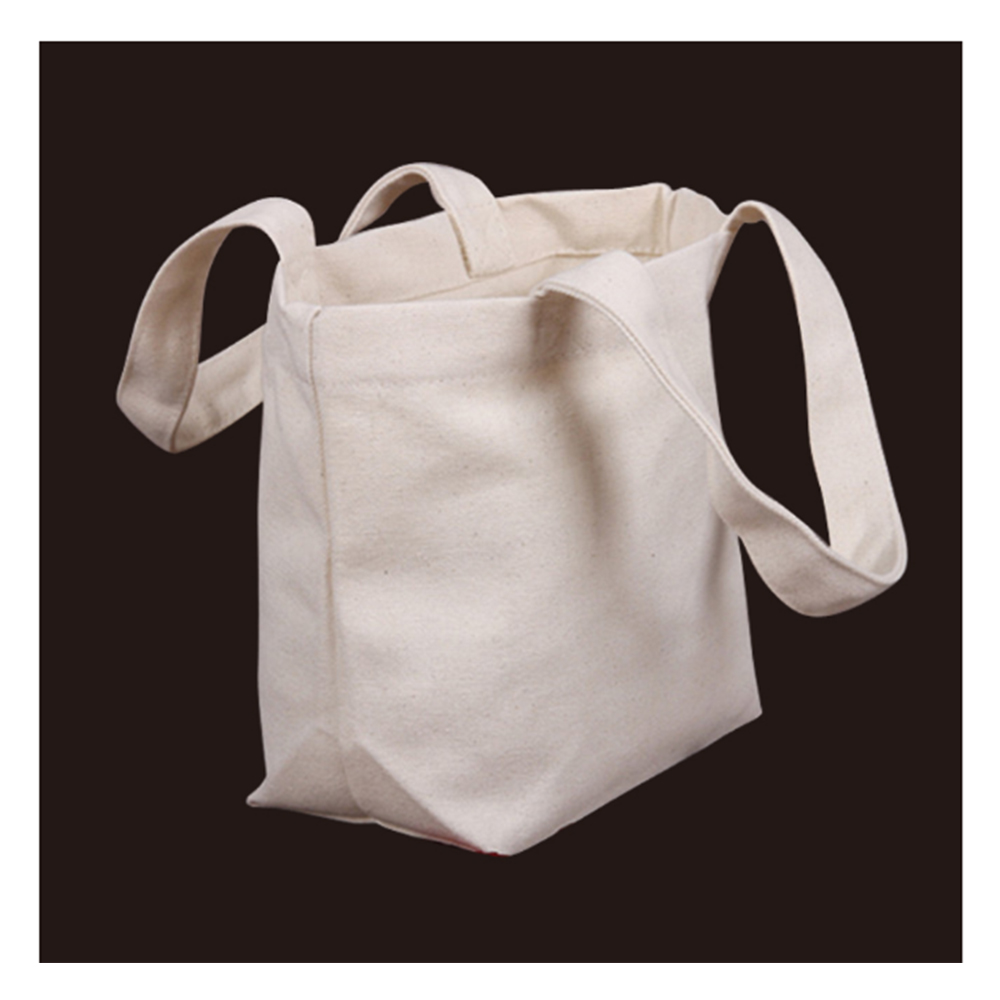ABS acrylonitrile-butadiene-styrene copolymer
Application range:
Automobiles (dashboards, tool doors, wheel covers, mirror boxes, etc.), refrigerators, high-strength tools (hair dryers, blenders, food processors, mowers, etc.), telephone housings, typewriter keyboards , recreational vehicles such as golf carts and jet skis.
Injection Molding Process Conditions:
Drying: ABS material is hygroscopic and requires drying before processing. It is recommended to dry at a minimum of 2 hours at 80~90°C. Material temperature should be less than 0.1%.
Melting temperature: 210~280°C; recommended temperature: 245°C.
Mold temperature: 25...70°C. (The mold temperature will affect the finish of the plastic parts, and the lower temperatures will result in a lower finish).
Injection pressure: 500~1000bar.
Injection speed: medium and high speed.
Chemical and physical properties:
ABS is synthesized from three chemical monomers: acrylonitrile, butadiene and styrene. Each monomer has different characteristics: acrylonitrile has high strength, thermal stability and chemical stability; butadiene has toughness, impact resistance; styrene has easy processing, high gloss and high strength. Morphologically, ABS is a non-crystalline material.
Polymerization of three monomers results in a terpolymer with two phases, one is the continuous phase of styrene-acrylonitrile and the other is the polybutadiene rubber dispersed phase. The properties of ABS are mainly determined by the ratio of the three monomers and the molecular structure in the two phases. This allows for a great deal of flexibility in product design and results in hundreds of different quality ABS materials on the market. These different qualities of materials offer different properties, such as impact resistance from medium to high, low to high finish and high temperature distortion.
ABS materials have superior ease of processing, appearance characteristics, low creep and excellent dimensional stability as well as high impact strength.
PA12 polyamide 12 or nylon 12
Application range:
Water meters and other commercial equipment, cable sets, mechanical cams, sliding mechanisms, and bearings.
Injection Molding Process Conditions:
Drying: The humidity should be less than 0.1% before processing. If the material is stored in air, it is recommended to dry in hot air at 85°C for 4 to 5 hours. If the material is stored in a closed container, it can be used directly after 3 hours of temperature balance.
Melting temperature: 240-300°C; for general properties, do not exceed 310°C, and for materials with flame-retardant properties do not exceed 270°C.
Mold temperature: 30 to 40°C for unreinforced materials, 80 to 90°C for thin-walled or large-area elements, and 90 to 100°C for reinforced materials. Increasing the temperature will increase the crystallinity of the material. Accurate control of mold temperature is important for PA12.
Injection pressure: up to 1000 bar (low packing pressure and high melting temperature are recommended).
Injection speed: high speed (better for materials with glass additives).
Runners and gates:
For materials without additives, due to the low viscosity of the material, the diameter of the runner should be around 30mm. For reinforced materials, large flow channel diameters of 5 to 8 mm are required. The shape of the runners should all be circular. Injection ports should be as short as possible. Many forms of gates can be used. Do not use small gates for large plastic parts. This is to avoid excessive pressure or excessive shrinkage of plastic parts. The thickness of the gate is preferably equal to the thickness of the plastic part. If submersible gates are used, a minimum diameter of 0.8mm is recommended.
Hot runner molds are effective but require precise temperature control to prevent material leakage or solidification at the nozzle. If hot runners are used, the gate size should be smaller than the cold runners.
PA6 polyamide 6 or nylon 6
Application range:
Because of its good mechanical strength and stiffness, it is widely used in structural components. Because of its good wear resistance, it is also used to make bearings.
